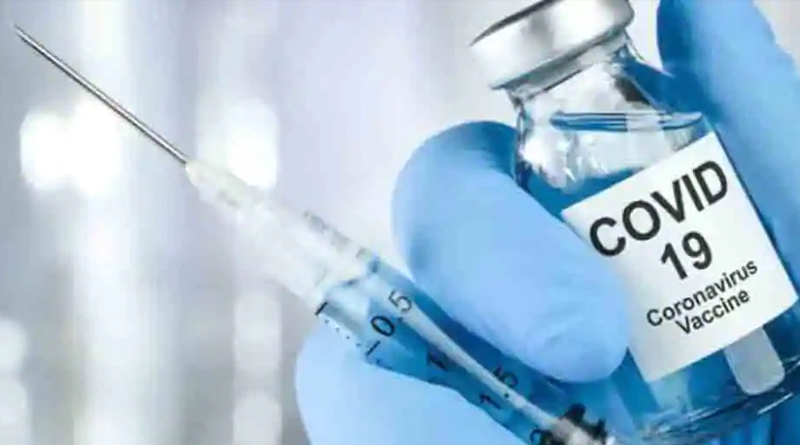Many economists are urging a major fiscal stimulus in the coming budget of finance minister Nirmala Sitharaman to deal with the continuing effects of Covid. This would be a mistake. The biggest drag on the economy today is fear of infection, so people are reluctant to resume service activities like travel, going to shops, entertainment, pilgrimages, and dozens of other things. Many people refuse to let outsiders even enter their houses for fear of infection.
Agriculture is OK and industrial production is picking up, but services remain seriously depressed because of fear, and services constitute over 50% of GDP. No amount of fiscal stimulus will revive the economy until fear is cured and service activities resume.
To diminish fear, the top priority of the budget must be to vaccinate as many as possible as quickly as possible. This is not just India’s biggest human issue: it is also the biggest economic issue. Vaccination should be free, logistical priority must be given to making vaccines available everywhere, and the required funds should flow with no red tape to states, municipalities, panchayats, and approved vaccination centres of every sort.
We do not need 100% vaccination to end fear. If even 70% of people can be shown to have antibodies through vaccination plus recovery from infection, India will get “herd immunity”. That is, the transmission of Covid will slow down so much that it will be little more of a threat than influenza. Even after getting this herd immunity, convincing people that this suffices to abandon old fears will require a communications blitz bigger than anything seen before. The budget must therefore focus on vaccination and communication.
Free vaccination will be expensive. Some economists advocate a cess to raise the required funds. But a cess massive enough to fund free vaccination will also be massive enough to dampen demand and stall the economic recovery. The best way is for the RBI to print money to subscribe to special Covid bonds. Never will there be a more worthy cause for printing cash.
For decades, finance ministers have cloaked the true fiscal deficit through fudges like delayed payments and off-budget borrowing through public sector undertakings. This fudge was admitted and partly corrected by Sitharaman last year. The current crisis is a golden opportunity to clean up government books and end fudging. That may raise the formal fiscal deficit to 8% of GDP, more than double the budgeted 3.5%. But because of Covid, nobody will object, and India’s international credit rating will not be affected. Indeed, foreign investors are pouring so much money into India that RBI has had to buy dollars massively to prevent the rupee from strengthening too much and hurting exports.
During the Great Recession of 2008-09, finance minister Pranab Mukherjee went for a big budget fiscal stimulus amid much cheering. But he and his successors later found it difficult to raise taxes and cut spending sharply to return to the FRBM target of reducing the deficit to 3% of GDP. Knowing from experience how difficult reversals are, Sitharaman has kept her fiscal stimulus below 2% of GDP.
If the un-fudged deficit for the current year turns out to be 7-8% of GDP, the next budget should cut the deficit to 5-6% of GDP. This will be a high level despite a big cut but is required for massive vaccination and bank recapitalisation. Sitharaman can project a subsequent downward glide to 3% of GDP over several years.
The 2008 crash caused a twin balance sheet crisis — over-borrowed companies could not repay bank loans, which in turn busted banks and strangled the entire financial system. The Covid recession has caused a similar twin balance sheet crisis. So, recapitalisation of public sector banks must be another top budget priority. That will mend bank balance sheets and facilitate fresh lending, which is vital for economic recovery.
Private investment remains restrained because of excess capacity. Public investment is needed to prevent a total investment collapse. One favourable side-effect of the recession is that interest rates have fallen substantially. The government can borrow at 5.9% as against 14% in 1991 and 9% in early 2008. Massive public investment in infrastructure is warranted at such low interest rates. The focus must not be on new projects, which require years for takeoff. Quick, massive investment is best done by a crash programme of repairs and upgradation of existing infrastructure.
Atmanirbhar has become too protectionist. The new sectors identified for production-linked incentives will demand higher import duties of up to 20%, as was done earlier for manufacturing cellphones. This must be resisted. At the very least, high tariffs should have a sunset clause for automatic expiry.


